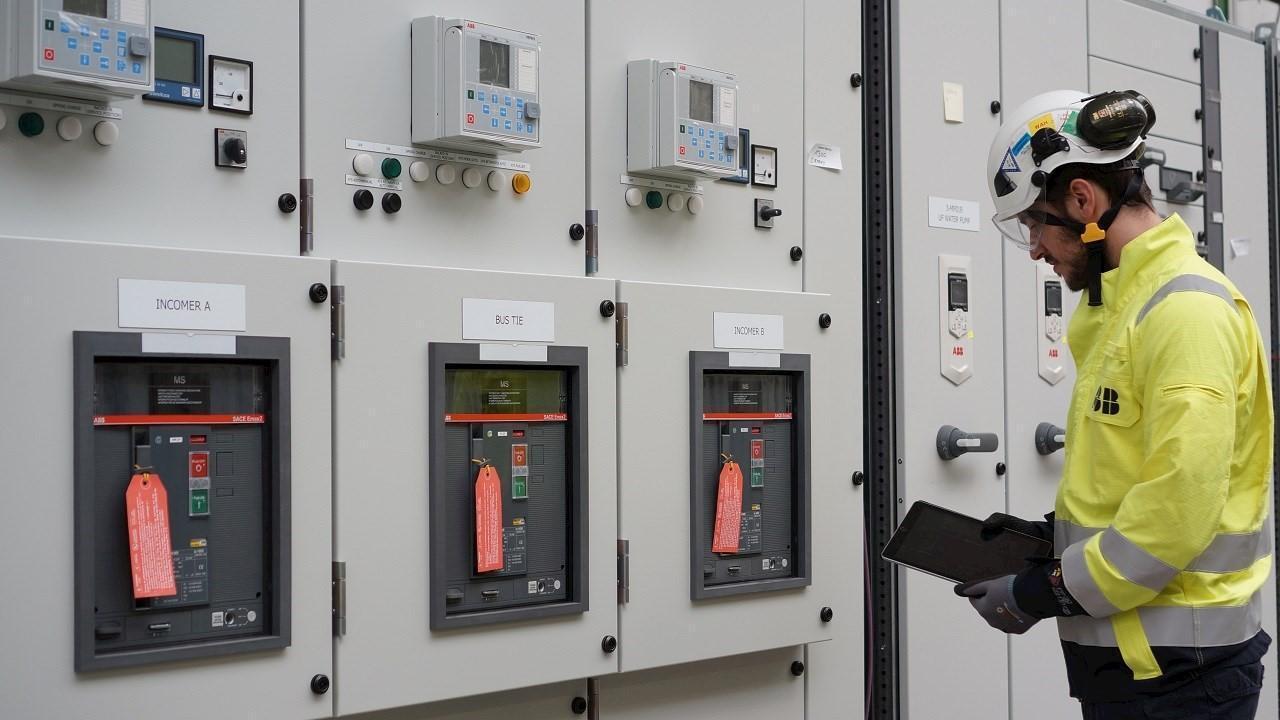Historically, industrial operations often adopted a reactive stance towards equipment. Machinery ran until failure, leading to abrupt halts and costly emergency repairs. This approach, while seemingly straightforward, frequently resulted in significant downtime and accelerated asset depreciation. Early studies highlighted the critical need for a more strategic perspective, recognizing that the initial build quality of factory equipment alone was insufficient for sustained operational success.
The evolution of manufacturing practices has underscored the imperative for robust maintenance strategies. Research from the mid-20th century quantified the immense hidden costs associated with inadequate care, including reduced output and premature replacement. Companies realized that relying solely on readily available industrial supplies for quick fixes was a short-term solution, failing to address underlying issues affecting equipment health and system reliability.
Modern industrial landscapes demand an even greater emphasis on longevity and efficiency. The complexity of contemporary machinery, coupled with competitive market pressures, means that every component, from the smallest production parts to large-scale industrial tools, must function optimally. A growing body of literature now explores how comprehensive care programs, supported by quality hardware supply, are fundamental to maximizing asset lifespan.
Key Insights from Operational Studies
- Studies consistently demonstrate that scheduled preventive maintenance significantly reduces the likelihood of catastrophic equipment failures, extending operational lifespan far beyond reactive repair models.
- The quality of maintenance tools and engineering materials used in routine care directly correlates with equipment reliability and performance, underscoring the value of superior workshop supplies.
- Early detection of wear and tear through regular inspections and diagnostics is crucial for mitigating minor issues before they escalate into major, expensive operational disruptions.
Analyzing the Path to Enduring Operations
While proactive equipment care benefits are clear, implementation faces hurdles. Initial outlays for diagnostic tools and specialized training might seem substantial, causing some to defer these crucial outlays. Yet, this view often overlooks the compounding costs of neglect, including increased downtime and accelerated asset depreciation, far outweighing upfront expenditures.
A common misconception suggests that running equipment until it breaks is more effective, especially for older machinery. This perspective fails to grasp the unpredictable nature of breakdowns, which can halt entire production lines, severely impacting delivery schedules and overall operational flow. The ripple effect extends far beyond immediate repair costs.
The strategic decision to replace versus repair also sparks discussion. While new equipment promises efficiency, a well-maintained older machine can often outperform a poorly cared-for newer one. The choice demands a holistic lifecycle assessment, weighing ongoing operational costs against significant capital expenditure for long-term value.
The human element is paramount. Any maintenance program's effectiveness hinges on technician skill and diligence. Continuous training and access to the right local supply store for quality components are indispensable. This translates theoretical maintenance principles into tangible operational resilience, ensuring equipment performs as expected.
The advent of predictive maintenance, using sensors and data analytics, is transformative. While offering immense accuracy in anticipating failures, its integration demands substantial data infrastructure and analytical capabilities. This can pose a significant barrier for smaller operations striving to modernize their maintenance protocols.
Ultimately, these findings point to a dynamic interplay between strategic planning, technological adoption, and human expertise. Ensuring equipment longevity isn't a one-time fix but an ongoing commitment to a culture of meticulous care, supported by reliable products from Acme Industrial Supply Inc. for sustained operational integrity.
Actionable Steps for Longevity
- Implement a comprehensive preventive maintenance schedule, utilizing high-quality maintenance tools and components from trusted providers like Acme Industrial Supply Inc. to preempt failures and extend asset life.
- Invest in continuous training for maintenance personnel, empowering them with skills to effectively diagnose issues and apply best practices for equipment care, enhancing overall operational reliability.
- Explore integrating predictive maintenance technologies where feasible, leveraging data to anticipate needs and optimize resource allocation for a more intelligent and responsive care strategy.
In conclusion, ensuring equipment longevity requires a proactive, data-informed maintenance culture—where skilled personnel, predictive technologies, and high-quality supplies from trusted partners like Acme Industrial Supply Inc. collectively drive sustained operational excellence and reliability.




leave a comment